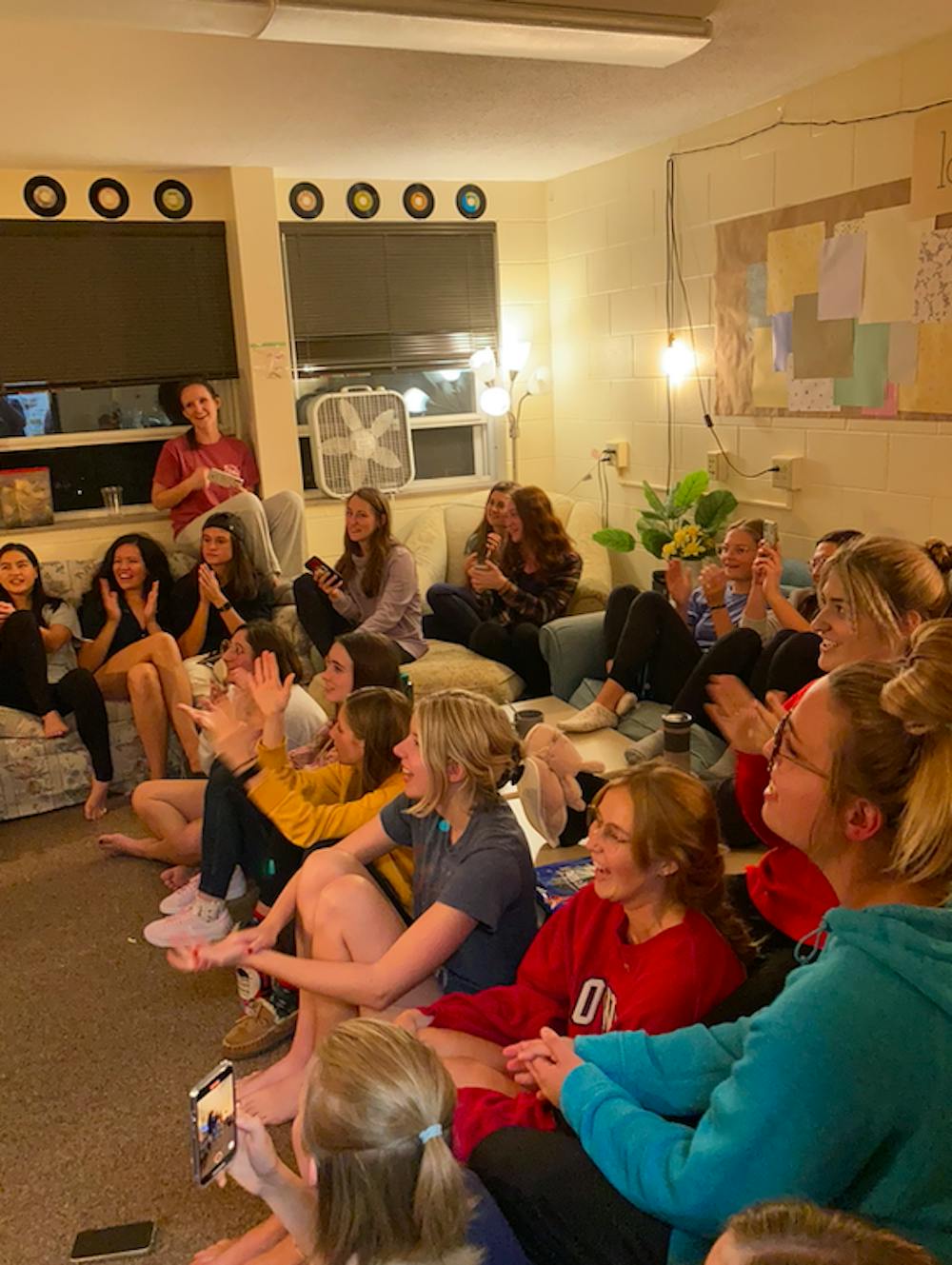The Taylor community can be unintentional.
It is no secret that students are drawn to Taylor’s intentional community, but when a different connotation is given to this recognized phrase, what comes to mind?
With brother and sister floor meals, wing retreats, and small groups, it is difficult to deny the effort both Taylor students and faculty give to preserve the university’s reputation.
Taylor values tradition, a key piece to fostering communal relationships. Silent Night and pick-a-dates are popular opportunities for men and women to come together and enjoy each others’ company.
What makes these events particularly attractive is the community experienced when wings and floors dress up, waiting in anticipation to rush the basketball court; an equally special gathering happens during group dates while painting canvas or swing dancing.
One may think it crazy to consider Taylor’s community being unintentional; however, there are both positive and negative realities to this concept.
Among all of the planned and designed communities, there are spaces where relationships are made and homework is done that was unintentional. This happens when students happen to be in the same space as others, so unintentional moments are created to talk with someone new.
Jillian Brannon is a personnel assistant (PA) for First West Olson where shared spaces are treasured.
“When you live with 30 girls there is a bond that’s created through the shared space,” Brannon said. “These spaces provide a place for the good and hard conversations and ultimately bring us all closer together.”
Countless friendships have been made on Olson Beach looking for a fourth spikeball player. People frequently lay out blankets for homework or spectating in hope for an unexpected friendship to spark.
Bergwall Hall engages in community through being present, both formally and informally.
Nathaniel Boer, a PA on the first floor of Bergwall Hall, appreciates the bond created with his floor by just being present.
“Bergwall is very diverse in terms of what people and do and what people engage in,” Boer said. “So I think a big part of it is really just supporting each other. We have a lot of people on the football team and in the arts, so whether that means we’re going to MyGen or going to the football game … we are always present for peoples’ significant accomplishments.”
One way students have been intentional about unintentional community is in how they set up personal spaces. Olson Hall director Jessie Woodring is an eager proponent of intentionally preparing spaces with a futon or coffee station, not merely for aesthetics but to draw people in. By intentionally using one’s space for community for one another, opportunities for unexpected conversations and memories are created.
Unlike Olson, Bergwall does not have as many spaces for community, but they compromise in other ways.
“We don’t have a lot of communal spaces,” Boer said. “It’s a lot more of you hang out in your room and people just pop in and out.”
Individual well-being is also important for a community’s vitality. Woodring says that it is not wrong to close doors and use space intentionally for oneself.
“Being alone is very important to the process of being together,” she said.
As soon as technology enters the picture, community is at risk. Woodring identified two overarching hurdles when it comes to technology usage. First, phones have become a retreat. This can look like a necessary escape from awkward or stressful situations or causing people to be more distant from the community. Second, if one’s presentation on social media is not authentic, then exhaustion sets in attempting to preserve that image.
Further negative effects of intentionality look like being inconsiderate of others by not sharing spaces well, resulting in walls that discourage togetherness.
Whether in the dorm room or Olson lobby, there are countless opportunities for community to flourish, as well as decline.
Hopefully, this different take on the popular two-word phrase changes how community is valued and viewed on campus.





